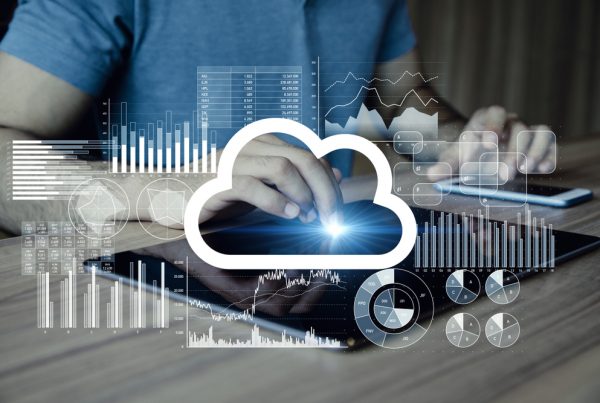Here they are, looking at you: customer data.
Spoiler: You can’t pretend you don’t see them or see them badly.
All consumer information, such as purchase history, preferences, contact details… require a process of creating and maintaining a centralized and accurate view.
Having a single source of truth is essential in order to ensure informed decision-making and to produce relevant and personalised experiences.
Don’t think of data as a set of words. Imagine being in front of a window that opens onto the panorama of their mind. If you don’t have the information you need, accurate and reliable, you’ll find a gray landscape, without nature: this means that your efforts to personalize the message will be almost useless and misaligned with the real needs and expectations of the consumer. On the contrary, if you have a reliable and comprehensive database at your disposal, you can monitor interactions in real time, offering engaging experiences that can create the desired loyalty.
A holistic view
This makes us understand, once again, how essential it is for organizations to equip themselves with a suitable solution: when data comes from multiple disparate sources, it is necessary to identify the gold record, or the reference point of all systems and targets that embrace a business process.
This is because stakeholders need a reliable, but above all holistic, vision to make decisions.
But not only that.
External customer applications also need to rely on a clear and reliable data source. This type of approach creates journeys without interruption or complexity, but enriches them with awareness, consideration and uniqueness.
Even after, not only in the purchase path
Another point not to be overlooked is what happens next, or in the phase that follows the purchase.
If the data is not accurate, it can cause significant problems when invoicing and shipping.
This type of problem has an immediate response for the company, but can also result in a wear out of relationships with customers or potential customers, which nullify everything that has happened before.
In addition, also with regard to after-sales assistance, the data take on a prominent role: the timely response with complete and accurate data in cases where the customer exposes a criticality, have a kind of “soothing” and “reassuring” effect on the customer.
In summary: managing customer data in the best possible way is a means of connecting all the functions of the company to the information it needs, always keeping quality high, without sacrificing speed, so as to improve customer interactions regardless of the channel used. In short, impossible to do without.





